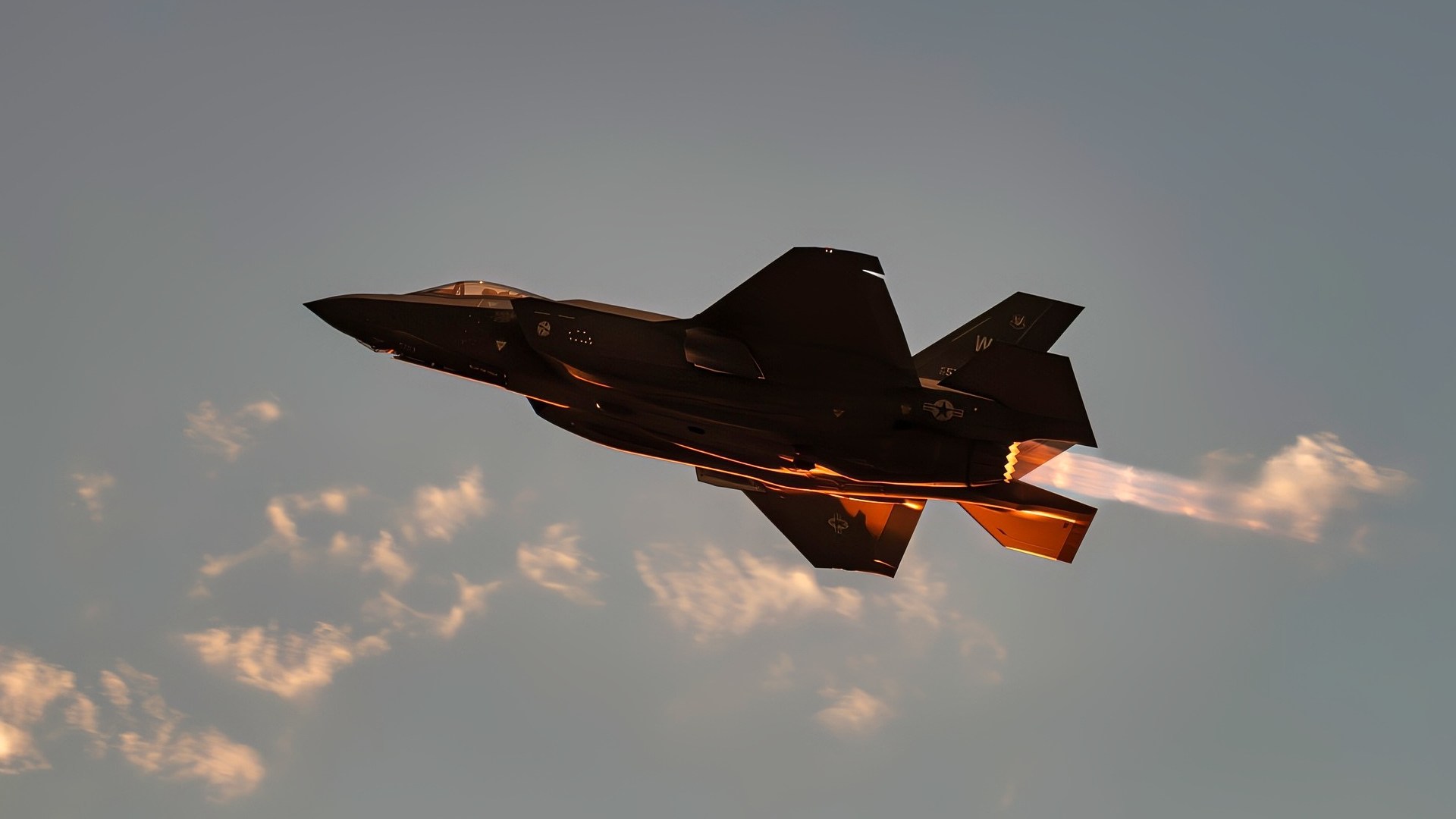Key Points and Summary – The Air Force is racing toward 2035 with a simple idea: keep the edge by mixing a few game-changers with smarter versions of what already works.
-The B-21 Raider sneaks in first; the B-52J lugs big magazines from afar. Up top, the new F-47 NGAD leads with stealth and sensor fusion while “loyal wingman” drones add mass.
-In the middle, refreshed classics—F-15EX for big weapons and jamming, a “Super” F-22, and a “Ferrari-ized” F-35—stretch every dollar.
-Underneath it all: hardened networks, faster software, and nuclear modernization. Budgets will bite, but the plan is clear—more range, more shots, more resilience.
Air Force Modernization: What Will The Force Look Like In 2035?
Secretary of the Air Force Troy Meink spoke to lawmakers in Congress this spring and emphasized the need to continue modernization efforts.
“The Department of the Air Force is at an inflection point,” Meink said at the time. “We are engaging in a fast-paced race for technological superiority against a well-resourced, strategic opponent.
“We now operate in a world where China is not only rapidly modernizing its military, but doing so with a clear intent to coerce its neighbors and reshape the international order.
“The United States must maintain airpower dominance if we are to safeguard our security, deter aggression, and prevail in conflict.”
Key Modernization Features
The U.S. Air Force’s modernization priorities revolve around maintaining air dominance through the development of new aircraft, such as the F-47 Next Generation Air Dominance (NGAD) fighter, while enhancing existing platforms.
The B-21 Raider, B-52J, F-15EX Eagle II, Super F-22, and the “Ferrari” F-35 aircraft are all priorities. Other priorities include nuclear modernization via the Sentinel intercontinental ballistic missile; enhancing data-driven decision-making; improving network and infrastructure resiliency; and fostering innovation in autonomous and networked systems.
These efforts aim to ensure the U.S. can win future conflicts and deter potential adversaries in an era of intense competition with great powers.
The F-47 Next Generation Air Dominance Program
Allvin detailed the innovative acquisition strategy for the F-47. The strategy is designed to avoid costly delays experienced with previous platforms — lessons learned the hard way will save money this time, and boost the production schedule.
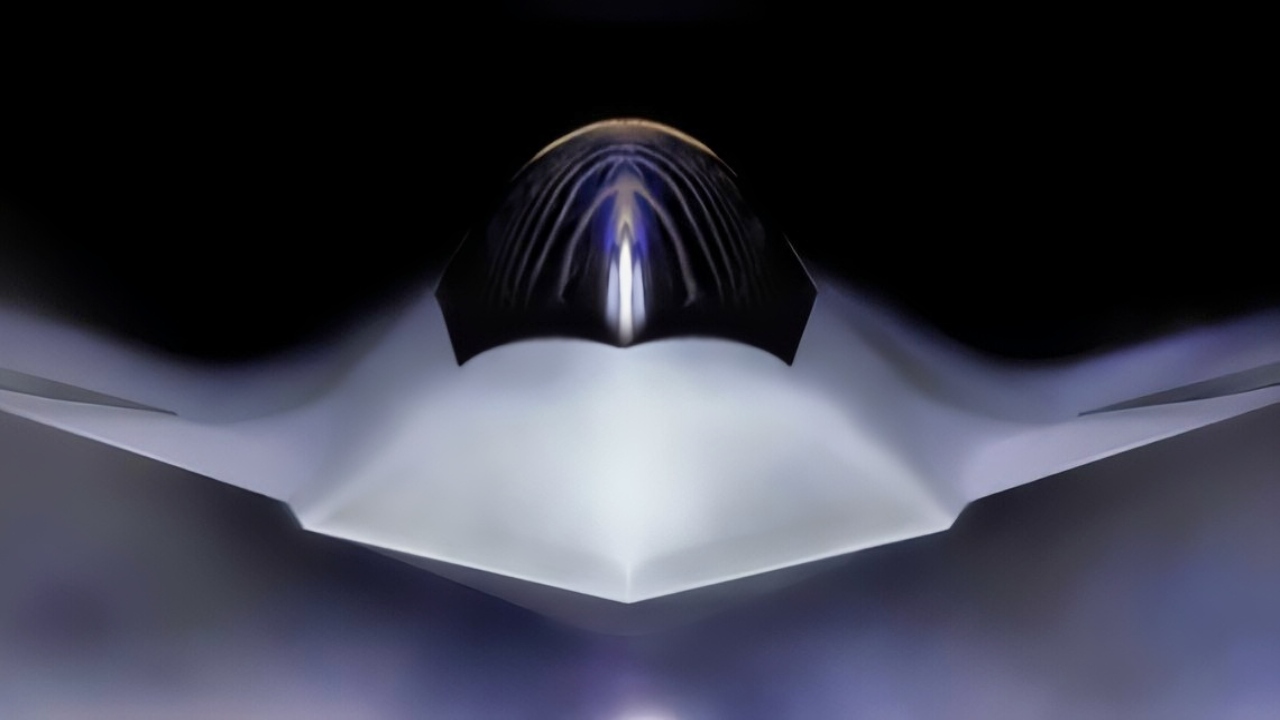
Shown is a graphical artist rendering of the Next Generation Air Dominance (NGAD) Platform. The rendering highlights the Air Force’s sixth generation fighter, the F-47. The NGAD Platform will bring lethal, next-generation technologies to ensure air superiority for the Joint Force in any conflict. (U.S. Air Force graphic)
“We now have more control over the project,” he said. “Upgrades can come at the speed of software, not hardware, allowing us to rapidly integrate advanced systems, benefiting both taxpayers and warfighters.
“We [have] got to go fast. I got to tell you, team, it’s almost 2026. The team is committed to get the first one flying in 2028. In the few short months since we made the announcement, they [Boeing] are already beginning to manufacture the first article. We’re ready to go fast. We have to go fast.”
The Air Force has stated the F-47 will have the ability to control several “loyal wingmen” known programmatically as Collaborative Combat Aircraft.
B-21 Raider Stealth Bomber
The upcoming Northrop Grumman B-21 Raider, the Air Force’s next-generation stealth bomber, is set to replace the aging B-2 Spirit and B-1 Lancer as the backbone of the service’s strategic bomber fleet.
While China and Russia pursue advanced bomber designs of their own, the B-21 Raider’s technology is expected to keep the U.S. a step ahead of its opponents.
Alex Hollings wrote that if the F-35 is considered the “quarterback in the sky,” then the B-21 is more of an “offensive coordinator with more than 30,000 pounds of warheads to deposit on foreheads.”
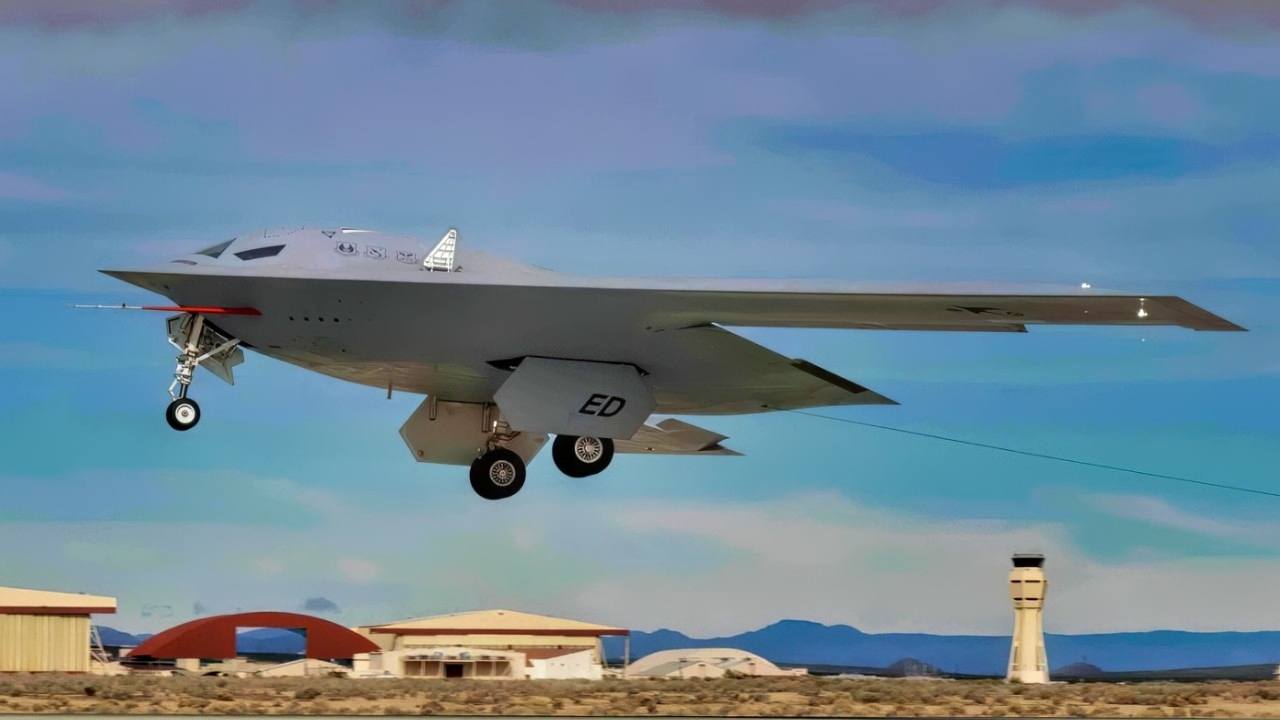
A B-21 Raider conducts flight tests, which includes ground testing, taxiing, and flying operations, at Edwards Air Force Base, California, where it continues to make progress toward becoming the backbone of the U.S. Air Force bomber fleet. The B-21 will possess the range, access, and payload to penetrate the most highly-contested threat environments and hold any target around the globe at risk. The B-21 program is on track to deliver aircraft in the mid-2020s to Ellsworth Air Force Base, South Dakota, which will be the first B-21 main operating base and location for the B-21 formal training unit. (Courtesy photo)
The B-21’s compact design will allow it to overcome China’s anti-access/area denial (A2/AD) defenses and penetrate contested airspace more effectively, ensuring it can deliver precision strikes or gather intelligence in high-threat environments where the larger B-2 might face greater risks.
The B-21’s smaller size also translates into greater operational flexibility. The B-2 Spirit, with its massive wingspan and heavy payload capacity, was designed for long-range, high-payload missions, often carrying large nuclear or conventional munitions over intercontinental distances.
The B-52J
The B-52J is over budget and behind schedule. However, the latest modernizations will keep the B-52 in meaningful service into the 2050s. This variant’s new Rolls-Royce F130 engines and advanced Active Electronically Scanned Array radars are expected to pay big dividends.
The B-52J is expected to be a versatile platform capable of carrying a wide range of weapons, from gravity bombs to cruise and hypersonic missiles. In total, the B-52J will carry 35 tons of bombs and missiles.

B-52D Bomber at USAF Museum. Image Credit: National Security Journal.
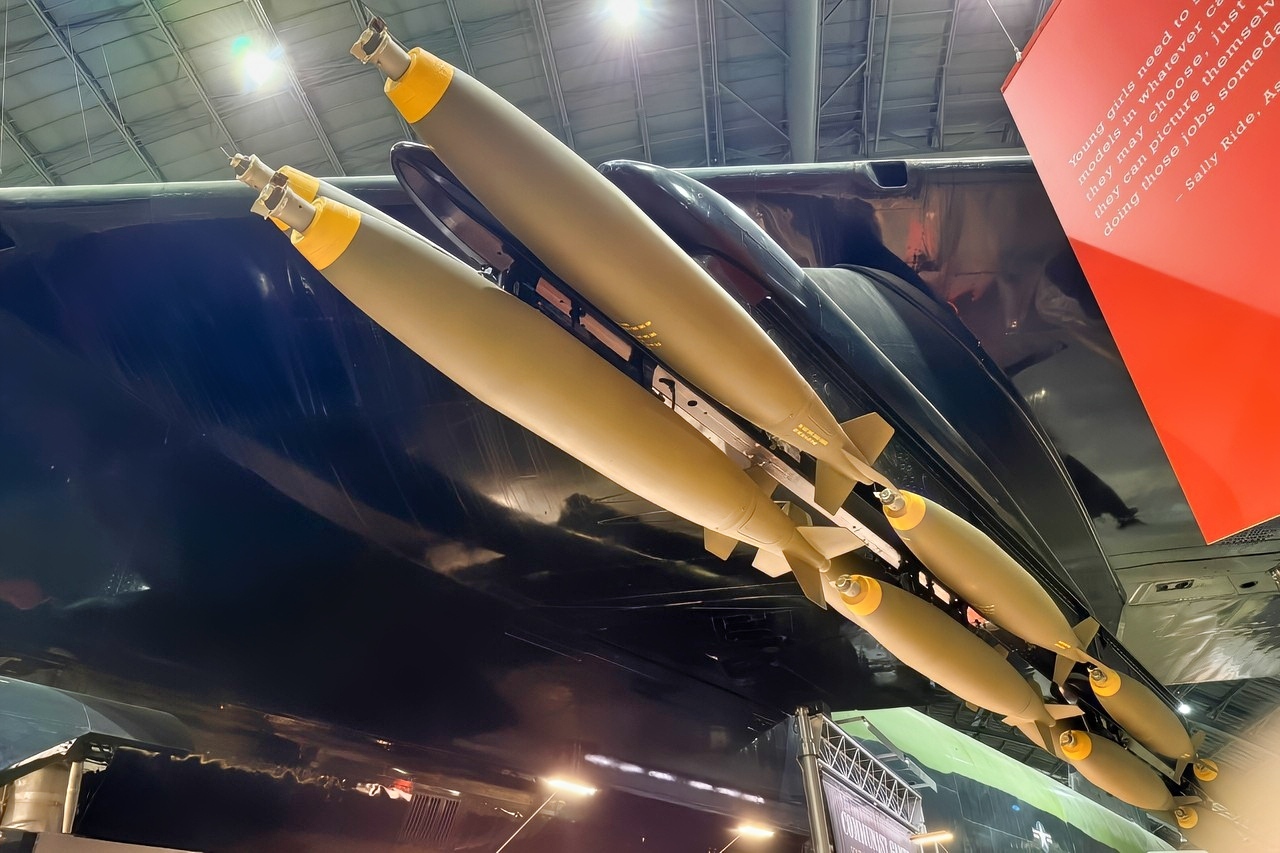
B-52 Bomber Bombs Ready to Go. Image Credit: National Security Journal.
One intriguing possibility is that the B-52J could be deployed with CCA.
“It is the ability of the B-52 to carry such a large payload that can put these unmanned systems into the middle of the fight that makes a difference and will provide more justification for the cost of the upgrade,” said a U.S. air power specialist who spoke to 1945’s Reuben Johnson.
“It will make the ‘long arm’ of the B-52 even longer.”
F-15EX Eagle II
The Eagle II is an all-weather, multi-role strike fighter that began as a way to upgrade and reinvigorate the aging F-15 C/D models. In addition to performing homeland and air defense missions, the platform could employ large stand-off weapons to augment the F-22 and F-35. The aircraft was delivered in 2021 and entered operational service in July 2024.
The F-15EX could also be used as a drone coordinator for CCA. The Air Force has been planning for F-35s and F-15EXs to team with the XQ-58 Valkyrie drone since 2019.

F-15EX Eagle II. Image Credit: Creative Commons.
The Air Force is also working on establishing some F-15EX aircraft as electronic warfare platforms, in the same vein as the EA-18G Growler. In July 2024, the Air Force explored integrating the Growler’s new Next Generation Jammer Pods into the Eagle II to convert the fighter into an electronic attack platform capable of penetrating contested airspace and increasing the survivability of other aircraft.
F-35 “Ferrari” Model
Lockheed Martin claims that upgrades to the F-35 can provide 80 percent of the capabilities of the F-47 Next Generation Air Dominance fighter at half the cost. This is a huge claim, and one aimed at keeping the F-35 relevant for decades to come, while potentially providing an alternative to the F-47.
“We’re basically going to take the [F-35] chassis and turn it into a Ferrari,” Lockheed Martin CEO Jim Taiclet said earlier this year. “It’s like a NASCAR upgrade, so to speak, where we would take the F-35 [and] apply some of those co-funded technologies both from NGAD and the F-35 program.
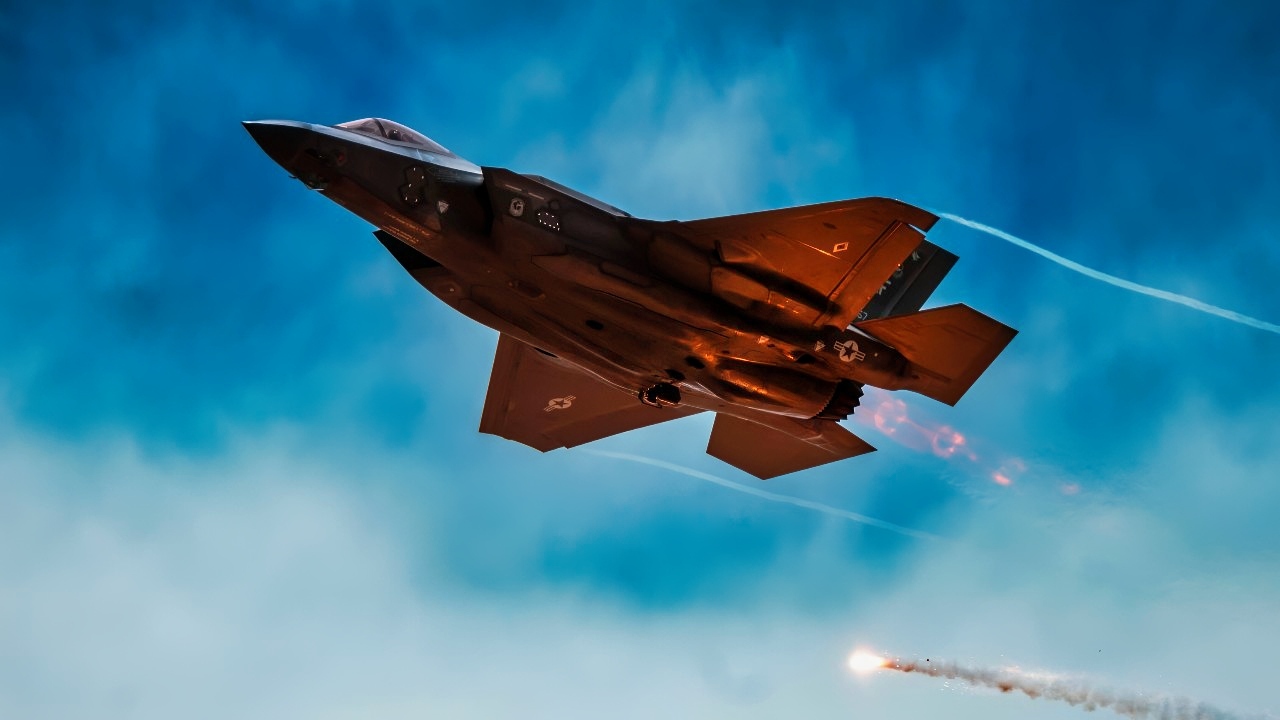
A U.S. Air Force F-35A Lightning II assigned to the 56th Fighter Wing, Luke Air Force Base, Arizona, performs a strafing run during Haboob Havoc, April 24, 2024, over Barry M. Goldwater Range, Arizona. Haboob Havoc is a total force exercise that provides a way for pilots from various bases to demonstrate their skills across a diverse range of aircraft, including F-35 Lightning IIs, F-16 Fighting Falcons, and A-10 Thunderbolt IIs, while also testing their abilities in different mission sets such as dogfighting and gun runs. (U.S. Air Force photo by Airman 1st Class Mason Hargrove)
“My challenge here on my aeronautics team is, let’s get 80 percent of six-gen capability at half the price. And that’s something that — these are engineers, you know, they wouldn’t have agreed to this if they didn’t think there was a path to get there,” he added.
Super F-22
While some aviation analysts have already concluded that a twin-engine F-35 is not feasible, the F-22 Super Raptor is an intriguing prospect. Lockheed Martin, which lost the NGAD competition to Boeing, said it would upgrade its current aircraft with some of the new technology it incorporated into its Next Generation Air Dominance fighter.
Taiclet said Lockheed Martin wants to supercharge its F-35 and F-22 fleets such technology.

F-22 Raptor at US Air Force Museum. Image taken by National Security Journal.
The upgraded aircraft would be what Taiclet coined “fifth generation plus” — stealthier and able to sense and strike at greater ranges.
With these upgrades and modernizations to other systems, the Air Force will retain its qualitative edge for the next ten years. Despite the advancements of Chinese aircraft and aircraft carriers, the U.S. still holds the edge in not only technology, but in the training of the pilots who are expected to get the utmost out of these airframes.
Budgets and money are always the driving force, but the Air Force has the technology to maintain its edge for another decade.
About the Author: Steve Balestrieri
Steve Balestrieri is a National Security Columnist. He served as a US Army Special Forces NCO and Warrant Officer. In addition to writing on defense, he covers the NFL for PatsFans.com and is a member of the Pro Football Writers of America (PFWA). His work was regularly featured in many military publications.
More Military
China’s New J-35 vs. America’s F-35: Stealth Is Close. Experience Isn’t.
The B-21 Raider Stealth Bomber ‘Math Problem’ That Needs Solving
J-20 Mighty Dragon vs. the World: 5 Strengths That Make China’s Stealth Jet a Problem
U.S. Navy Nimitz-Class Aircraft Carrier: 5 Biggest Complaints
What Makes U.S. Navy Aircraft Carrier USS Harry S. Truman A Powerhouse? 1 Word.


